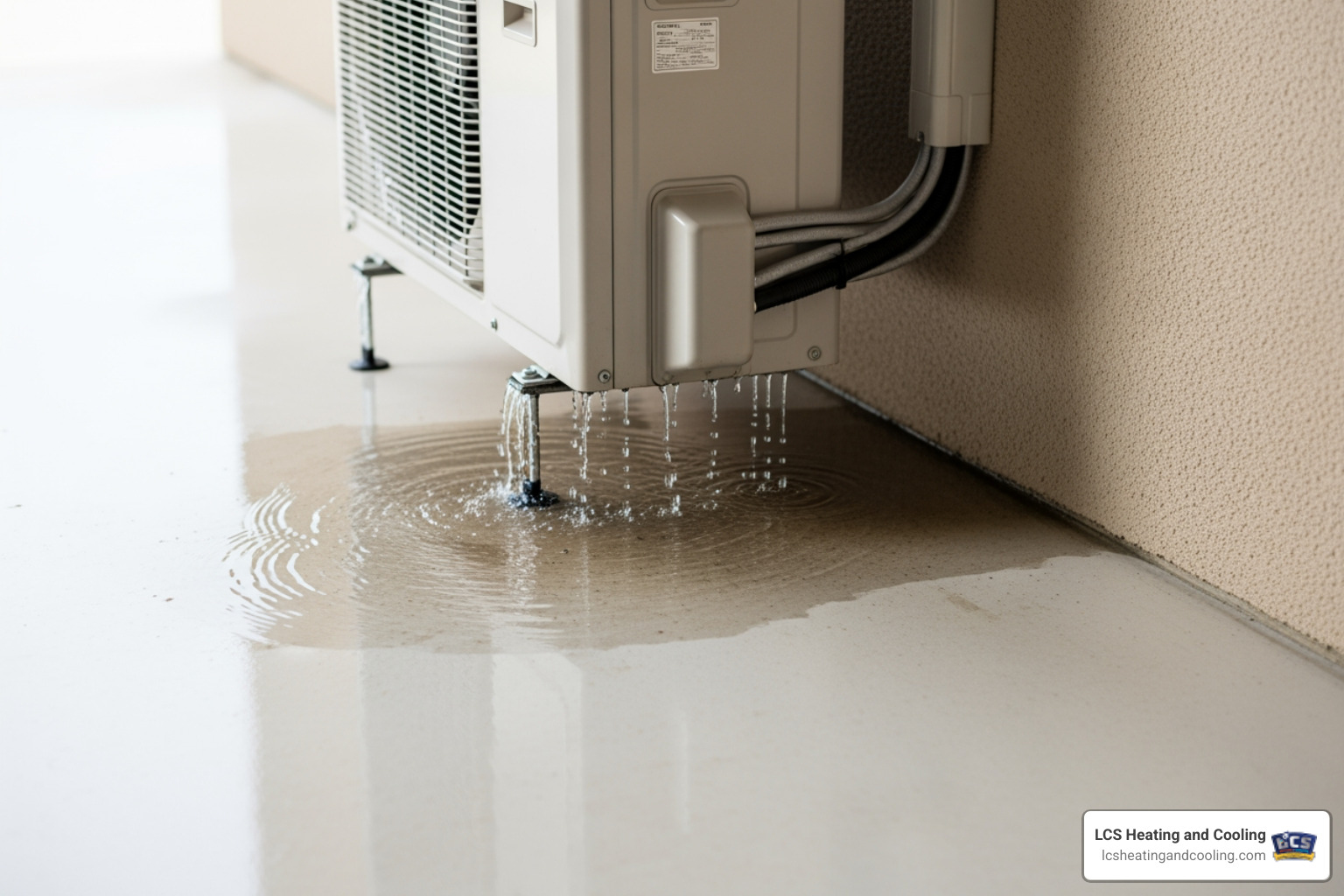Where Does All This Dust Come From?
Every home is going to encounter problems with dust—that’s just how life goes. Dust is all around us, so it’s only natural for it to collect on the shelves. There are some practical ways to reduce and remove dust week-to-week (more chores, anyone?), but you might consider a more permanent solution if you really want to keep the dust bunnies from creeping around. An effective home upgrade can help you cut back on dusting and give you the allergen-free air your home’s been missing out on.
Where Dust Comes From?
Dust tends to fall into two categories: indoor dust and outdoor dust. The outdoor kind is easy enough to understand. It’s made of dry soil, bits of pollen floating in the air, and other tiny particles that sneak inside when we open and close the doors to our homes. An estimated two-thirds of dust originates from outdoor sources.The components of indoor dust are a little more complicated. Little insect parts, pet dander, and our own skin flakes can become organic dust matter. Other ingredients include tiny pieces of fabric fibers. Carpeting and clothing decay whenever we use them, so they constantly add more dust material to the pile. That microscopic fluff then mixes with other outdoor dust particles that have snuck indoors to make our homes dusty and contaminate the air we breathe.
Dust and Our Health
House dust is well known for triggering asthma symptoms and it’s a primary source of other allergic reactions too. (Little wonder that indoor air pollution is one of the top 5 environmental health risks, right?) Sneezing, nasal congestion, runny noses, and itchy or red eyes are all common dust allergy symptoms. Even weekly vacuuming or changing your pillow case may not be enough to get relief.Aside from being unsightly and allergenic, your home’s dust may also be carrying some nasty toxins. A lot of our modern products contain chemical flame retardants, or PBDEs. As furniture fabrics and other materials wear down, they essentially release those chemicals into our home. The Environmental Working Group suggests inspecting home goods that contain foam for any rips or any sign of breaking down to reduce the chance of toxic exposure. Products made between 1970 and 2005 are more likely to have PBDEs, and should probably be covered up or replaced.
Dust Allergy Management
While there’s no real way to completely rid a space of dust, there are some general, best practice tips for lowering the amount of dust in your home. The short-term solutions to reduce dust allergens often relate to household chores, like changing and washing bed linens weekly in hot water. Some homeowners may even decide to make the switch to hardwood floors to improve their chances of stopping indoor dust from carpet fibers. These are helpful tricks for dust mites, but we like to opt for a 24/7 solution when it comes to managing the dust and other allergens floating in our air.When you’re ready to get serious about removing dust from your home, an indoor air cleaner is definitely the way to go. These purification units can tackle the three different types of air pollution: airborne particles, like dust; germs and bacteria; and chemical vapors, or other strong odors. Filtration options are available as portable units (if you just want one for a single room) as well as whole-house systems.A lot of families go with a whole-house system because it makes sure your air is clean before it starts circulating throughout your home. They essentially work to remove everything you don’t want to breathe. Once a unit is hooked up, you can cut out about 90% of all airborne mold and bacteria indoors. That leads to safer, cleaner air for allergen-prone individuals too. Pet dander, pollen, dirt and dust mites have a whopping 95% reduction rate with whole-house filter. These systems are super-effective!If you’re concerned about other indoor air issues in your home, you can always check out this neat solutions guide from Lennox. Just click on the options that match what’s going on in your home to learn more. When you’ve got an air cleaner that’s right for your home, dirty air goes in and only fresh air comes out. There’s no way to completely stop dust from ever collecting, but a good air unit can definitely help you cut back on dusting so much. They’re a great solution for clean home air and easy, allergen-free breathing.


